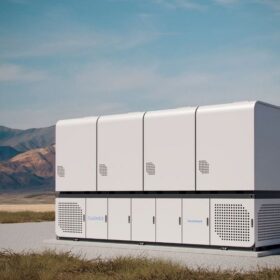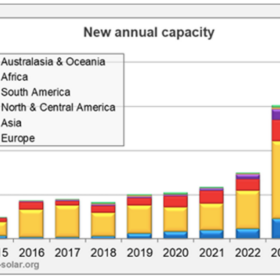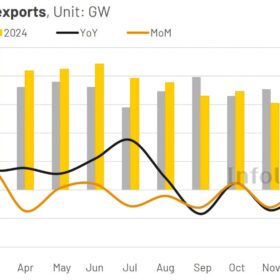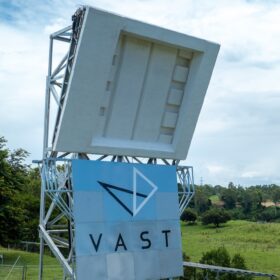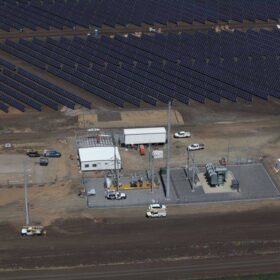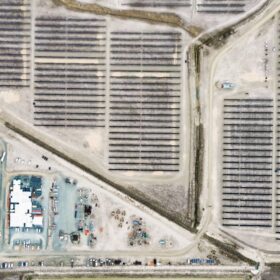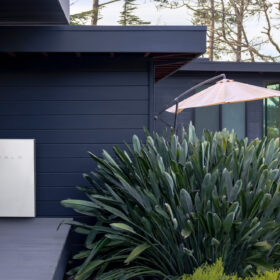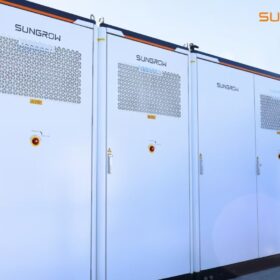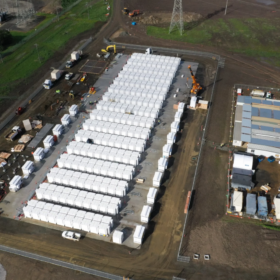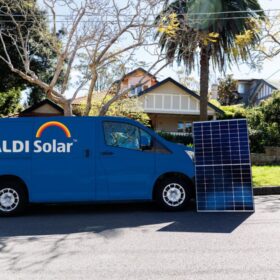Back contact solar module manufacturing capacity may reach 1 TW by 2030, says tech expert
Radovan Kopecek, an expert on back-contacted (BC) solar cell and module technologies, spoke with pv magazine about BC manufacturing costs, efficiency and technical challenges. He believes that global BC solar module manufacturing capacity could reach 1 TW by 2030, potentially making BC products the industry’s mainstream technology. Kopecek added that 2028 will be a crucial year for its development, as most of the critical patents associated with this module tech will expire.
Fluence launches highly-modular 7.5 MWh AC-based BESS platform
The system features an innovative split design breaking away from the industry standard 20-foot container. It is configurable for storage durations of two to eight hours.
Global utility-scale solar additions hit 182 GW in 2024
Utility-scale solar installations reached 182 GW (AC) in 2024, with the top 33 countries now accounting for 765 GW, or roughly 93% of the global total, according to Wiki-Solar.
LCOE of grid-scale solar expected to drop 2% globally in 2025
A report from BloombergNEF said fixed-axis solar levelised cost of energy is expected to fall to $0.035 (AUD 0.56) per kWh, while battery energy storage LCOE is expected to decrease 11%.
China exports 235.9 GW of solar panels in 2024
China exported 235.93 GW of PV panels in 2024, a 13% increase over the previous year. Of this, 68.11 GW of modules were shipped to the Aisa-Pacific region, up 26% from 2023.
Solar thermal developer ticks off final technology milestone
Vast Renewables has successfully completed large-scale testing of a concentrated solar thermal power receiver tower destined to be deployed as part of a 30 MW / 288 MWh solar and energy storage project planned for South Australia.
Lighthouse signals battery plans for Emerald Solar Farm
A development application has been lodged with a central Queensland council for a four-hour battery energy storage system to be built alongside the 72 MW Emerald Solar Farm with the plant owner acknowledging the growing demand for firmed renewables.
NEM project pipeline nears 50 MW in December quarter
Almost 50 GW of new large-scale solar, wind and battery energy storage projects were progressing through the connections process for Australia’s main grid at the end of 2024, up 36% year-on-year.
CIP begins building 960 MWh big battery in South Australia
Danish renewables giant Copenhagen Infrastructure Partners has officially launched construction of a 240 MW / 960 MWh battery energy storage project in South Australia with the system expected to be operational in 2027.
Deye debuts off-grid inverters for residential PV
Deye said its new single-phase off-grid inverters have an AC output power ranging from 3.6 kW to 6 kW. The systems feature a maximum efficiency of 97.6% and a European efficiency rate of 96.5%.

